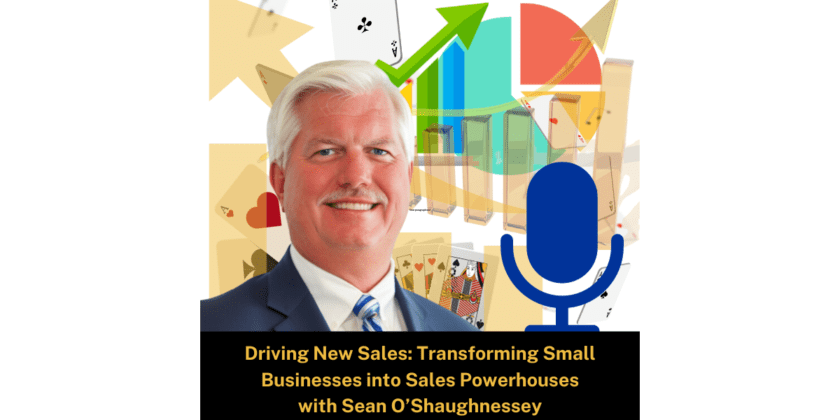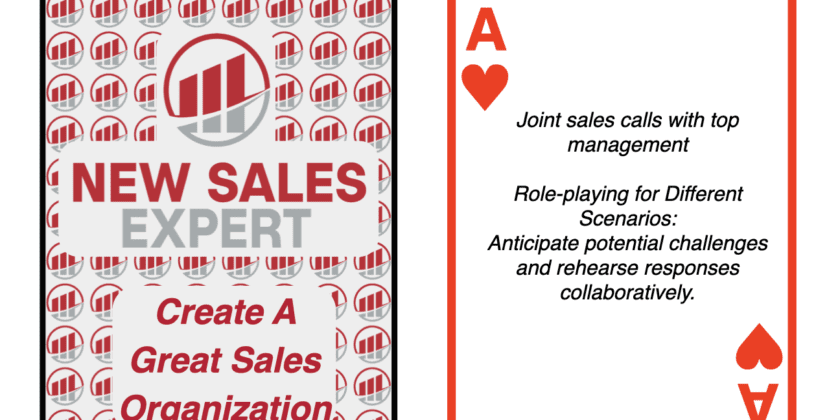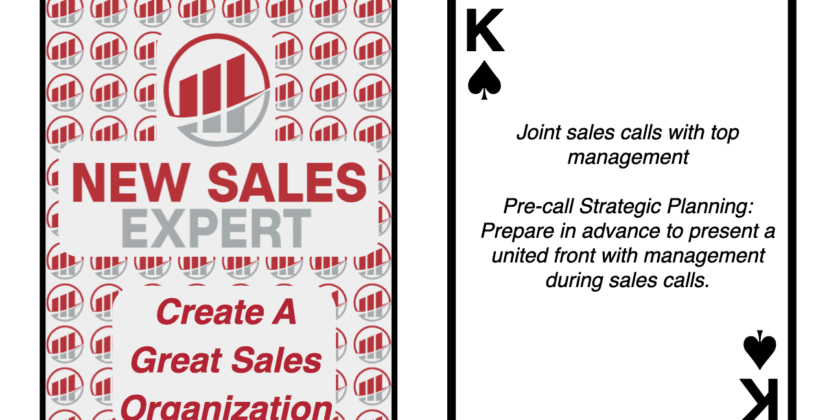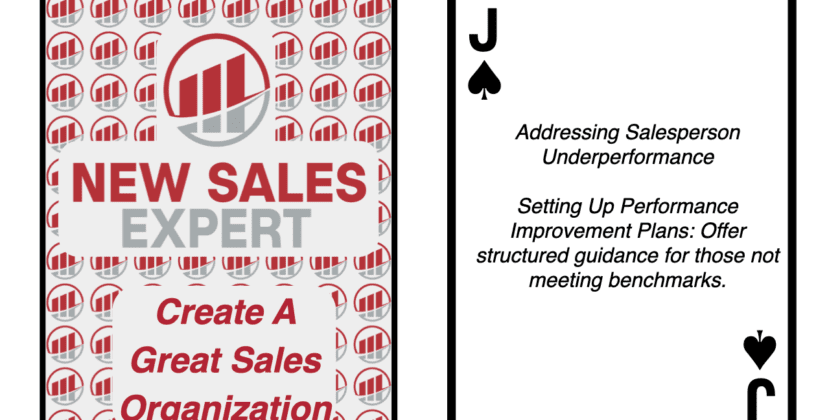Welcome to a new episode of “Driving New Sales: Transforming Small Businesses into Sales Powerhouses.” Today’s discussion, led by Sean O’Shaughnessey, focuses on market segmentation and its pivotal role in enhancing sales strategies for small and medium-sized businesses. This episode is sponsored by Kevin Lawson of Lighthouse Sales Advisors and Sales Xceleration, offering seasoned sales leadership solutions for small businesses.
Key Topics Discussed
- Understanding Market Segmentation: Sean dives into the essence of market segmentation, likening it to the precision and personalization of a master tailor.
- The ‘MASA’ Criteria for Effective Segmentation: Explore the Measurable, Accessible, Substantial, and Actionable elements that form the foundation of successful market segmentation.
- High-Value vs. Low-Value Customer Segments: Learn to differentiate and prioritize segments based on value, focusing resources on the most profitable groups.
- Tailoring Offerings to Customer Needs: The significance of customizing products and services to meet the unique requirements of each target segment.
- Applying Geographic, Demographic, and Psychographic Segmentation in B2B Sales: Insights into using these segmentation strategies to effectively identify and target potential business clients.
- Leveraging Data Analytics and Market Research: Utilize data-driven approaches for informed segmentation and proactive market strategy adjustments.
Key Quotes
“Market segmentation is not just about splitting your market into groups; it’s about recognizing and catering to your customers’ unique needs and preferences.”
“High-value customers usually offer higher margins and are more likely to be repeat purchasers, potentially even advocating for your brand.”
“Regular reviews and adjustments to your segmentation strategy are crucial to maintain its effectiveness and relevance in the ever-evolving marketplace.”
Our Sponsor
Thank you to Kevin Lawson of Lighthouse Sales Advisors and Sales Xceleration for sponsoring today’s podcast. Kevin is a sales leadership solution provider for small businesses. Kevin helps business owners navigate the potential pitfalls around sales growth, sales turnaround, or scaling up by leveraging sales acumen and his decades of experience to build effective sales teams.
Kevin Lawson of Lighthouse Sales Advisors can be reached at kevin@lighthousesalesadvisors.com and https://www.linkedin.com/in/kwlawson/
Action Items You Can Do Today
- Segment Your Customer Base: Classify customers into high, medium, and low-value segments based on purchase history, interaction frequency, and service costs.
- Determine Customer Lifetime Value: Use data analytics to calculate the lifetime value of each customer segment and prioritize accordingly.
- Develop Specialized Marketing and Sales Campaigns: Craft targeted strategies for each segment, primarily focusing on high-value customers to maximize revenue.
- Regularly Review and Update Your Segmentation Strategy: Stay attuned to market changes and adjust your segmentation approach to ensure continued relevance and effectiveness.
Thank you for tuning into “Driving New Sales: Transforming Small Businesses into Sales Powerhouses.” In this episode, Sean O’Shaughnessey has provided valuable insights into market segmentation, demonstrating its critical role in a successful sales strategy. Implement these actionable steps and witness a transformative impact on your business. Stay subscribed for more insightful episodes exploring practical strategies to drive new sales and enhance your company’s growth.
Contact Information
Sean O’Shaughnessey: Sean@NewSales.Expert
www.NewSales.Expert





